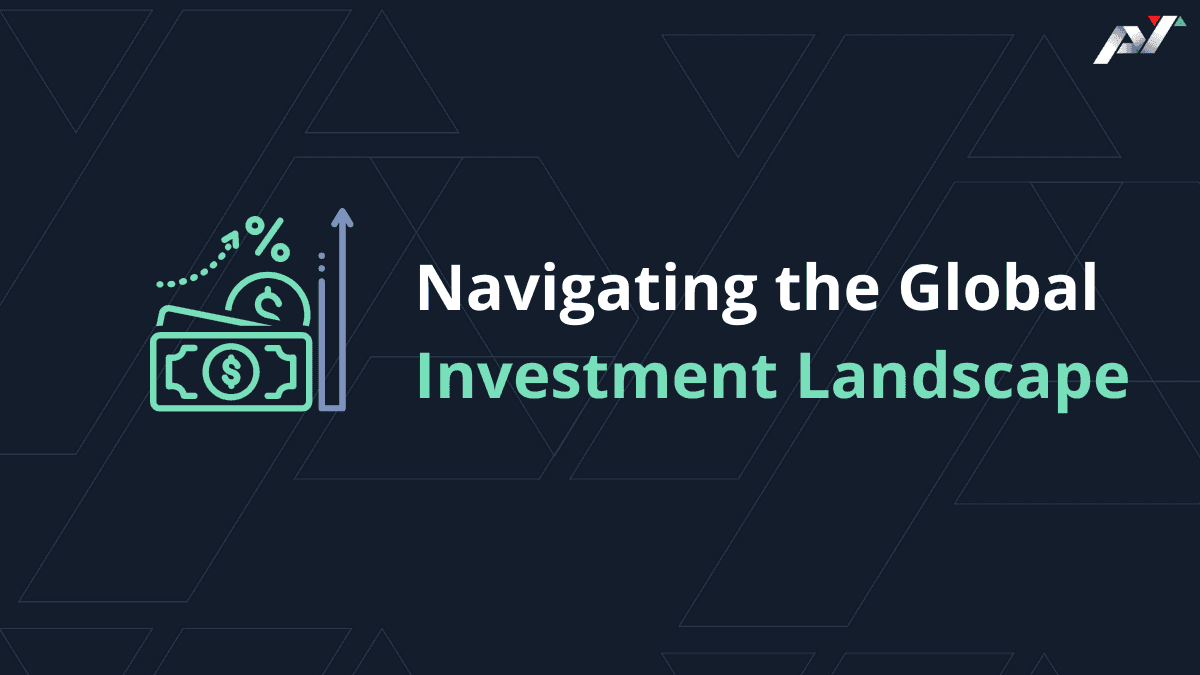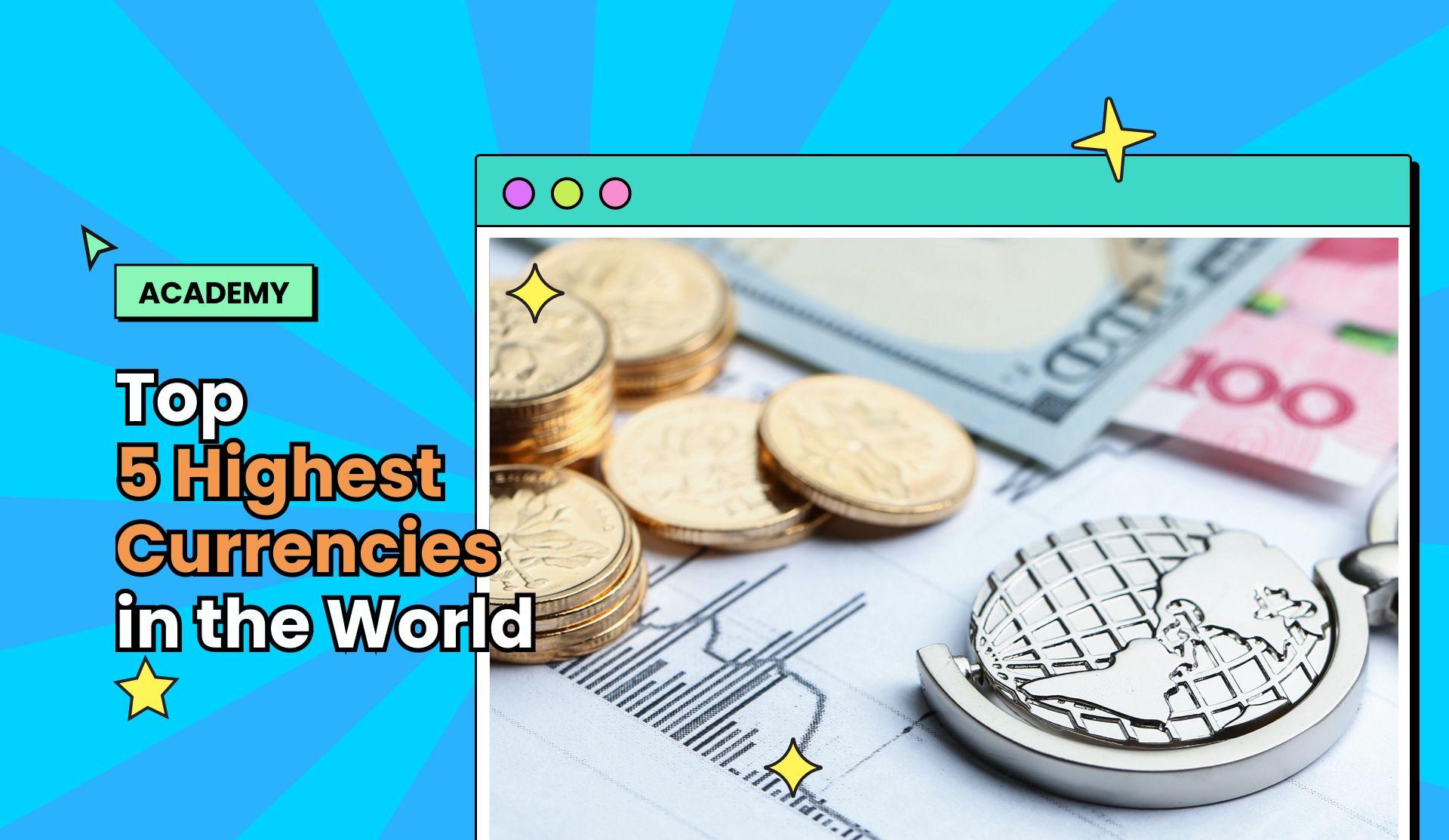Navigating the Global Investment Landscape






For traders just starting out on their journey, it’s important to understand the basic principles underpinning different asset classes and investment vehicles. The investment landscape is vast and dynamic, and knowing how investment types relate to each other, especially in terms of risks, is the first step towards developing a trading plan and assembling a well-diversified portfolio in line with your financial goals, personality type, and risk appetite.
Here is a quick glance of the investment landscape, covering the most common types of asset classes traders are interested in.
Bonds
Bonds are debt instruments representing loans typically made to finance operations, purchases, or large projects. Bond issuers, usually corporations, municipalities, or government agencies, make interest payments at scheduled intervals leading up to the maturity date at which the full principal amount is paid back.
Bonds are often referred to as fixed income as a bond usually gives investors a regular or fixed return in the form of interest payments. Because rates are essentially determined by interest rates, bonds are more heavily traded during periods of quantitative easing or when central banks raise rates.
Mutual funds
Mutual funds consist of a pool of money collected from many investors to buy into securities such as stocks, bonds, money market instruments, and other assets. These funds are managed by portfolio managers who allocate the assets under management in line with the investment approach detailed in the prospectus of the fund. Mutual funds all work the same, but they each have varying investment approaches and therefore offer different degrees of risk and yield.
This type of investment vehicle is of particular interest to investors who do not have the knowledge or time to take an active approach towards investing and prefer to outsource it to a fund manager. As with most things, that convenience comes at a price. Yearly management fees and front-end charges are often minimal, but even the slightest price difference between mutual funds can add up and eat into any returns made over time.
Exchange traded funds
Similar to mutual funds, exchange traded funds (ETFs) also consist of a pool of money allocated across different securities according to the prospectus of the fund. The difference is that ETFs are actively traded on stock exchanges. Because of this, ETFs resemble the trading activities and dynamics of stocks, with considerable price fluctuations throughout the trading day.
But where a stock represents a stake in a single company, ETFs offer instant diversification across a large number of companies and asset classes. There are many different ETFs that focus on specific industries, or follow a ‘theme’ of some sorts. For example, there are ETFs that mimic the price movements of an index like the NASDAQ, or only focus on companies in emerging markets, renewable energy, cloud services, gaming, Fintech, payments, and much more.
Stocks
Likely the best known and easily understood investment, owning shares in a company lets you participate in the success of a business as the stock’s price increases, with the potential added benefit of receiving dividends.
The difficult part of investing in the stock market, is knowing which stocks to buy, which to avoid, and when to sell the ones you own. That’s the difficulty an ETF solves for you, but if you are taking control over this part of the job yourself you need to learn how to value a stock. That means digging into the underlying economics of the company and the context in which it operates, and performing technical analyses to determine trading opportunities within the timeframe of your trading strategy.
Foreign exchange
The foreign exchange (forex) market is one of the largest in the world, trading 24/5 with an average volume of $5 trillion. While there are around 180 currencies in the world, most forex trading activity involves the major currency pairs tied to the world’s largest economies. In fact, about 75% of all forex activity occurs across the 7 major currency pairs which include EUR/USD, USD/JPY, GBP/USD, USD/CHF, AUD/USD, USD/CAS, and NZD/USD. From a forex point of view, gold can also be traded under the XAU ticker as well as silver under XAG/USD.
The dynamics that move the forex market vary between currencies but usually involve data about the state of a nation’s economy, central bank policy changes, and changes in the political landscape. Some currencies like JPY and CHF act as safe havens which drives price dynamics in relation to the global economy. Forex traders often rely on technical analysis to determine entry and exit price points to make gains as currency prices can fluctuate quite dramatically in short timeframes.
Contracts for Difference
Trading contracts for difference (CFDs) is a way of speculating on financial markets that doesn’t require the buying and selling of any underlying assets. CFDs enable you to speculate on financial markets such as shares, forex, indices and commodities.
Trading CFDs are a popular way for investors to gain exposure to the markets, with a few key features that are of particular interest:
- Going long and short: with CFDs it’s possible to make gains in both rising (going long) and falling markets (going short).
- Trading with leverage: You can multiply your trade size by using leverage, using a smaller amount of money to gain the effects of a larger position.
- Hedging risk: By going short, you could offset potential losses of other positions and investments.


